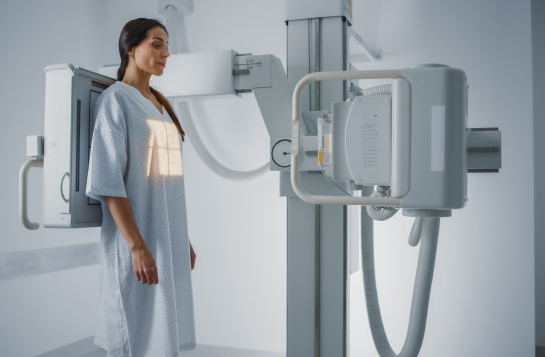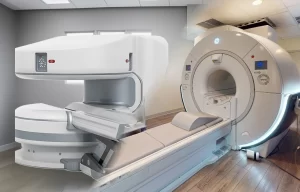X-ray imaging is a powerful diagnostic tool crucial in identifying various health conditions and monitoring patients’ well-being. By utilizing small amounts of radiation, X-rays provide detailed images of internal structures, aiding doctors in diagnosing fractures, infections, tumors, and other abnormalities. Let us explore some of the main benefits of X-ray imaging in medical practice.
Diagnostic Imaging Test:
X-rays are an essential diagnostic imaging test that helps physicians gain insights into internal structures not visible externally. They are safe for most adults, but pregnant women should exercise caution, as X-rays are not recommended during pregnancy. Instead, ultrasound may be used as an alternative. X-rays are particularly valuable in detecting broken bones and other internal issues.
Safe and Painless Procedure:
One of the significant advantages of X-ray imaging is that it is a painless procedure for patients. Doctors may ask patients to hold their breath briefly during the scan to obtain clear images. For children, who may find it challenging to stay still, restraints may be used to ensure accurate imaging without discomfort.
Precise Fracture Diagnosis:
X-ray images are instrumental in fracture diagnosis, helping doctors identify and determine the severity of bone fractures. They are crucial in preventing further damage and guiding appropriate treatment plans. X-rays are especially crucial for diagnosing fractures in children.
Detecting Infections and Abnormalities:
In addition to fracture detection, X-rays are valuable in identifying infections, dental decay, bone cancer, and foreign objects lodged in soft tissue. These images reveal abnormalities in the joints, facilitating medical assessments and providing essential information for treatment decisions.
Monitoring Medical Conditions:
X-ray imaging is not only helpful in diagnosing health conditions but also in monitoring and tracking their progression. It allows doctors to observe the impact of treatment, plan appropriate courses of action, and detect certain types of cancer—regular monitoring using X-rays aids in ensuring effective and timely interventions.
Safe Use and Compliance:
X-ray facilities adhere to strict federal and state regulations to ensure patient safety. While X-rays are valuable tools, knowing the radiation exposure levels is crucial. Compliance with guidelines and regulations ensures that X-ray imaging is performed safely and effectively.
Advanced Imaging Technology:
Modern X-ray imaging employs digital technology, delivering faster image processing and storage. Digital X-ray images offer enhanced clarity and reduce the risk of errors, providing physicians with a comprehensive view of internal structures.
Efficiency and Time-Saving:
An X-ray typically takes only 15 minutes, making it an efficient and time-saving diagnostic method. Radiologists interpret the recorded images and then convey the results to the patient’s doctors for further evaluation and follow-up visits.
Non-Invasive and Cost-Effective:
One of the most significant advantages of X-ray imaging is its non-invasive nature, eliminating the need for surgical interventions or more invasive procedures. Additionally, X-rays are cost-effective compared to other imaging methods like computed tomography (CT) scans.
In summary, X-ray imaging is an indispensable tool in modern medical practice, offering numerous benefits in diagnosing various health conditions. With its clear and detailed images, X-ray technology allows doctors to make accurate diagnoses, plan appropriate treatments, and monitor patients’ progress effectively.




